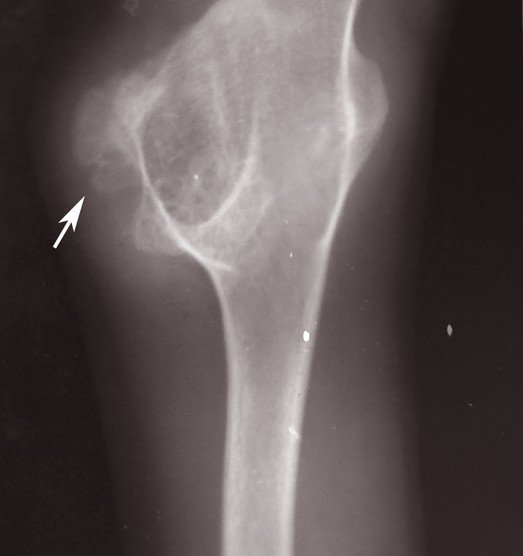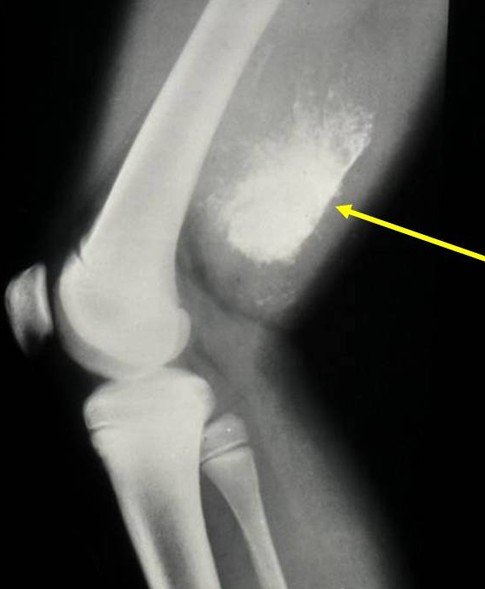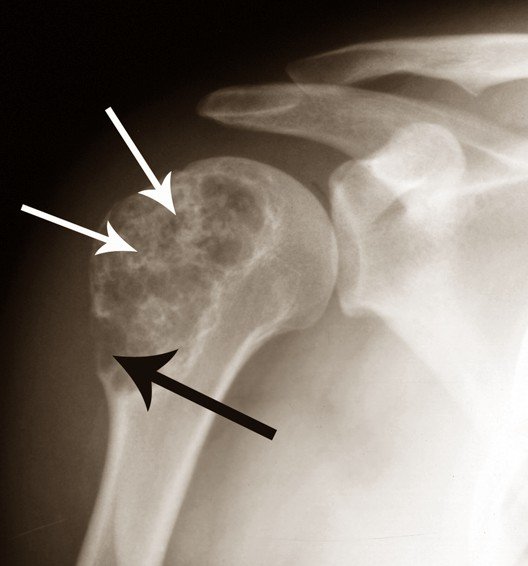Chondrosarcoma
What is Chondrosarcoma?
This is a very rare type of cancer. It develops in your cartilage cells and is second most common type of bone cancer. The first common type of bone cancer is osteosarcoma. It accounts for twenty-six percent of the primary bone cancers. This type of cancer belongs to the category called sarcomas. It is the type of cancer that mainly affects your shoulder blade, ribs cage, legs, pelvis bones, and upper arms but can be found in any part of your body that has cartilage. The cartilage it affects is what plays an important role in your growth process. This type of cancer is categorized into secondary and primary tumors.
- Primary – this type will usually develop from a tiny collection of cartilage cells.
- Secondary – this type will usually develop from a benign tumor of cartilage that was already there. It is pre-existing.
This medical disease will usually appear in people between fifty and seventy years of age but can affect all ages. It is most commonly found in males. This type of cancer is not only common in humans but also in animals. In the United States each year only two thousand one hundred patients are diagnosed with this type of cancer.
Symptoms of Chondrosarcoma
The symptoms associated with chondrosarcoma can vary from person to person depending on where their tumor is located and the size of the tumor.
Some of the more common symptoms include:
- Having tenderness in the area affect, a lump on the bone, or swelling in your joints. All three can cause pain which may interfere with normal movement of your body.
- Fracture of weakening of the bone because of the swelling in the area affected.
- On the affected bone, you may experience pressure against the lump.
- The pain may be worse at night but can possibly be relieved by taking some anti-inflammatory medication.
- Experiencing pain that rest does not relieved.
- If the tumor has spread to your lungs you may cough up blood or feel short of breath.
- The pain will worsen gradually and can last for years.
Usually a person who has chondrosarcoma does not feel sick but they can feel a boney bump.
Chondrosarcoma Causes
What causes this type of bone cancer is not clearly known but due to research that has been done it is thought to be due to chromosomal factors or genetics. If you know your risks factors it will help you monitor your tumor so you get the right treatment. Most of the time, chondrosarcoma happens from healthy, normal cartilage cells but can also come from benign bones, which means they are non-cancerous or cartilage tumors.
Some of the benign conditions that are there when you get chondrosarcoma include:
- Enchondroma – this is a tumor that comes from cartilage cells and is usually found in your hands.
- Osteochondroma – this is a rare genetic skeletal disorder. It is caused by the presence of many osteochondromas. This is an excessive growth of bone and cartilage that is near the end of your growth plate.
- Ollier’s disease – this is a group or clump of enchondromas
- Maffucci’s syndrome – this is a combination of many enchondromas and is a genetic disorder. It is associated with a malignancy rate that is high and affects both females and males. It is characterized by cartilage enlargements, deformities of the bone, etc.
Chondrosarcoma Treatment
The plan of treatment will depend on how aggressive the tumors are, the grade of the tumor, the size of the tumor, and where they are located. Because of their rarity persons with this type of cancer will need to be treated at specialty hospitals that have Sarcoma Centers. The main form of treatment is surgery in order to remove the tumor but the specific treatment that your physician will use will be based on the patient’s medically history, their age, and their overall health. The reason that most physicians opt for surgery is that this type of cancer does not react to chemotherapy and radiation. Sometimes when surgery is done it may be necessary to amputate the limb where the tumor is.
Some of the treatments that may be used include:
Physical therapy
Why a patient would need physical therapy is to help heal the area that was affected and help the patient regain their strength after having surgery.
Radiation therapy
With this treatment they will use high-power x-rays to mark and destroy the cancer cells to help reduce the risk of cancer from being spread to your other organs. This type of treatment is usually done after you have had surgery.
Chemotherapy
Using this treatment they used anti-cancerous medication to destroy any cancer cells in your body. This treatment is usually necessary if the cancer has spread to any other areas of your body.
Tumors can come back so it is very important that you visit your physician for regular check ups. How long it takes to recover will vary from person to person.


